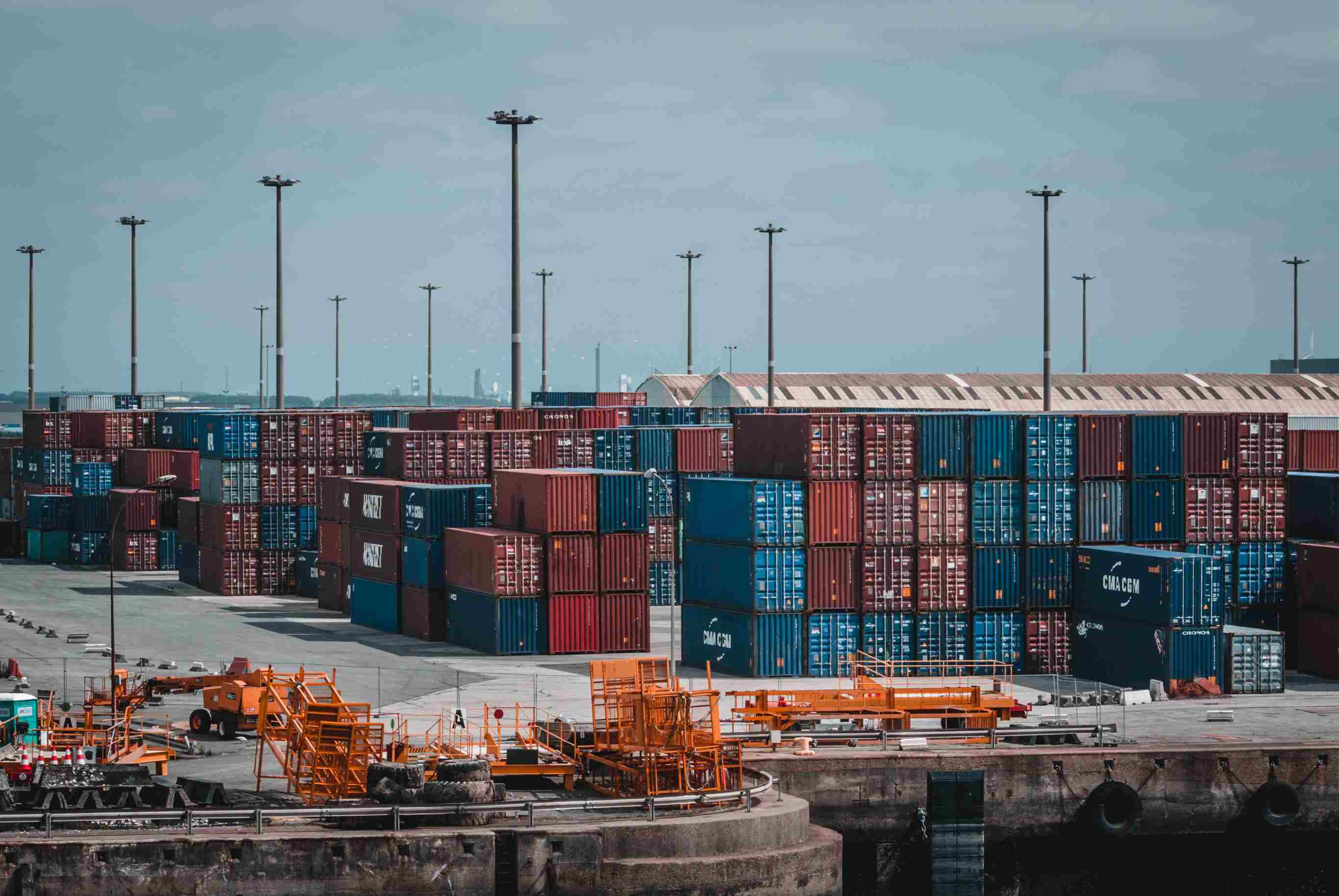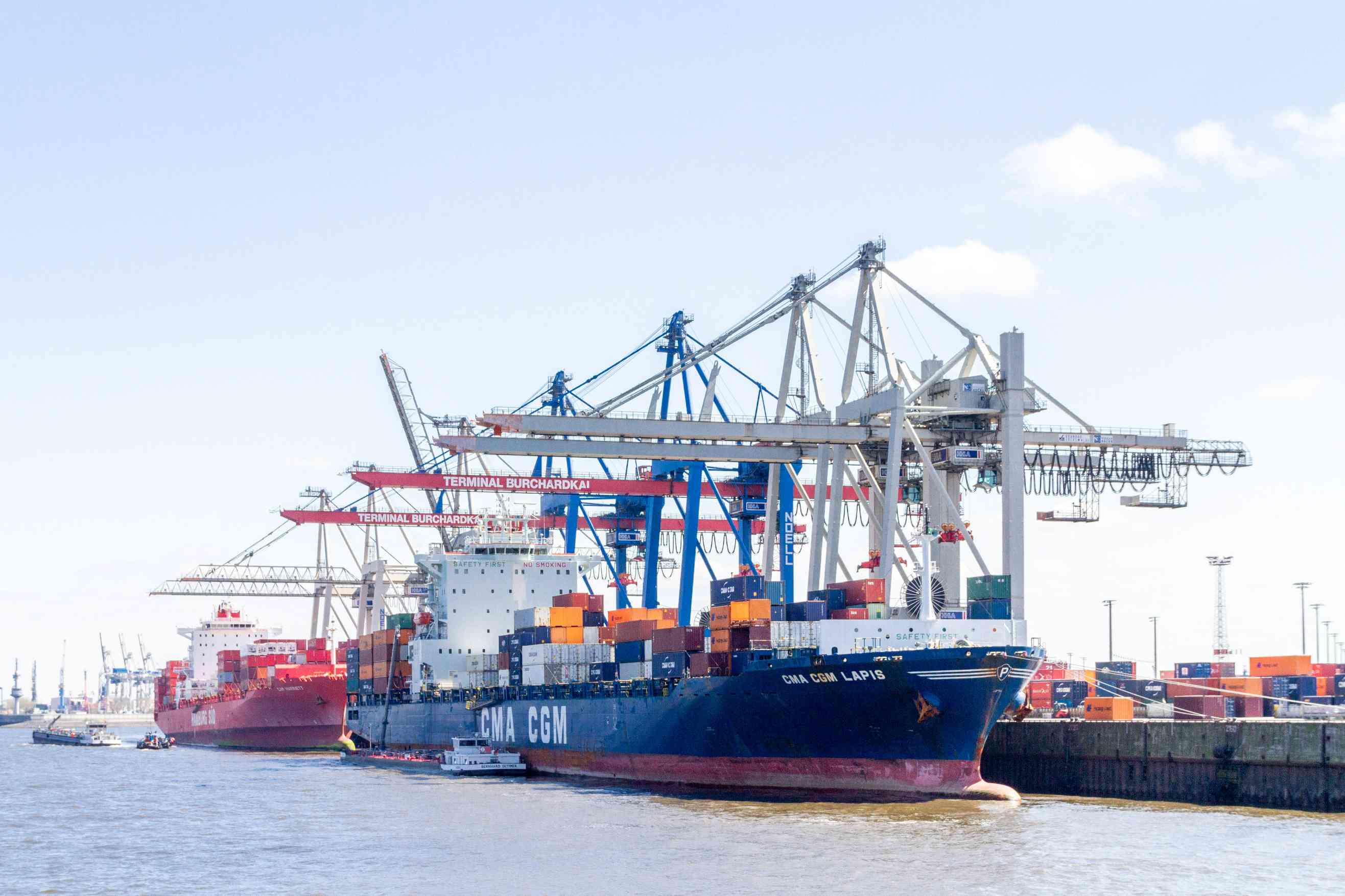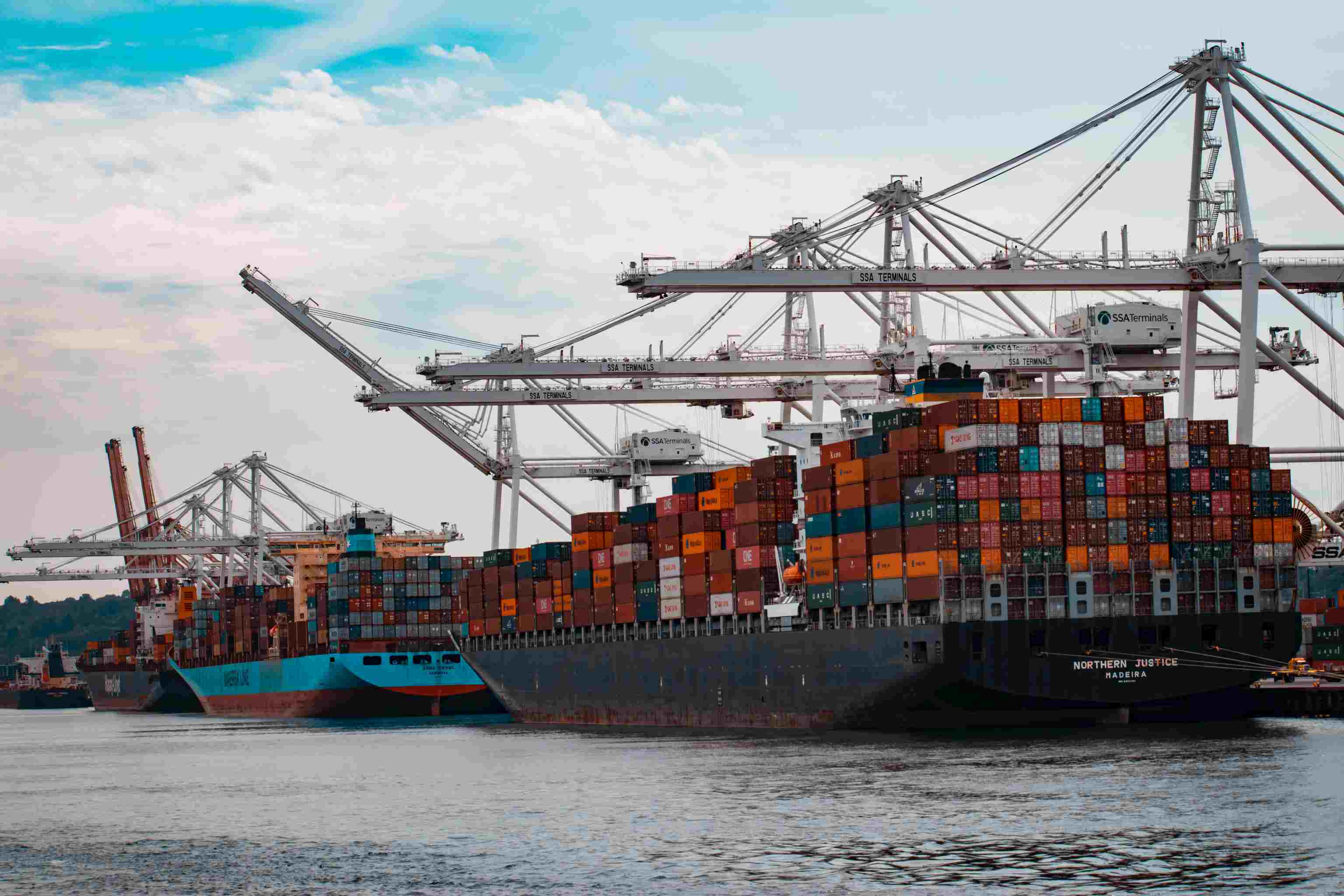Freight rates on multiple routes dropped slightly: sea shipping in china to germany
China Export Container Transport Market Weekly Report (2015.08.07)sea shipping in china to germany
This week, the overall demand of China's export container shipping market has remained stable. Transport demand for ocean routes such as Europe and the United States has increased during the peak season. However, due to the impact of excess capacity, freight rates on most routes have fallen rapidly since last week. On August 7, the comprehensive freight index of China's export containers issued by the Shanghai Shipping Exchange was 798.89 points, a decrease of 2.4% from the previous period; the comprehensive freight index of Shanghai export containers was 749.62 points, a decrease of 8.8% from the previous period.
Europe routes, the euro area economy has shown signs of improvement recently. According to a research report from research institute Markit, the final value of the PMI in the euro area in July was 53.9, an increase of 0.2 from the initial value. Supporting transportation demand is picking up slightly. However, due to the continued investment in large-scale new ships for a long period of time, although most airlines have continued to increase their capacity contraction measures such as temporary suspensions and small boats for large ships, the imbalance between supply and demand is still serious, and the average space utilization rate of ships has only remained at More than 90%. On August 7, Shanghai's freight rates (sea and sea surcharges) for export to Europe and the Mediterranean ports were US $ 833 / TEU and US $ 879 / TEU, respectively, which fell sharply by 24.9% and 21.4% from the previous period.
North American routes, the US economy has maintained steady growth since August. According to the latest data from the US Department of Labor, the first week of August, the US jobless application remained at a low level for nearly 40 years, driving consumer demand to continue to rise. Thanks to this, the transportation demand on North American routes has steadily increased. The cargo volume of the US-West route increased steadily this week. At the same time, due to the rebound of port congestion on the southwest coast of the United States, the return trip of some ships was blocked, which caused a slight shortage of space supply in the market. The loading rate of some voyages is close to full. The seasonal peak of the US-East route is slightly reflected. In addition, due to the diversion of some US-West cargoes to the East, the transportation demand continues to rise, and the average utilization rate of ships has climbed to more than 95%. The slight correction of the market freight rate basically stabilized the level after the price increase last week. On August 7, the freight rates (sea and maritime surcharges) of Shanghai's exports to the West Port and the East Port of the United States were USD 1542 / FEU and USD 2985 / FEU, respectively, down 4.0% and 2.1% from the previous period. It is reported that in light of the recent signs of the peak season, some carriers intend to levy a peak season surcharge (PSS) in the middle of this month, ranging from about 400 to 600 US dollars / FEU.
Australian-New Zealand routes, the lower Australian dollar exchange rate caused export orders to continue to decline, coupled with the significant increase in capacity supply after the suspension of measures expired, the supply and demand relationship continued to deteriorate, and the average utilization rate of ships was only about 80%. Lack of substantial support for market demand, the freight rate dropped sharply after the increase, and the minimum freight rate for some voyages dropped to about 250 USD / TEU. On August 7, the freight rate (sea and maritime surcharge) of Shanghai's export to the Australian and New Zealand basic port market was 348 US dollars / TEU, a significant drop of 29.1% from the previous period.
The South American route was dragged down by the economic downturn in Brazil, a major economy on the east coast. The east coast route's transportation demand was not strong. The average space utilization rate of ships hovered between 70% and 80%. The market freight rate fell sharply. The minimum freight rate on some voyage markets dropped to 325. USD / TEU; for the West Coast route, cargo volume has increased steadily this week, the average utilization rate of cabins has increased to about 90%, and the market freight rate has remained at around USD 700 / TEU. On August 7, the freight rate index for China's exports to South America was 412.58 points, down 4.2% from the previous period.
In Japan, the cargo volume decreased slightly this week. The average utilization rate of ships in Shanghai Port was less than 60%, and the market freight rate was basically stable. On August 7, the freight index for China's exports to Japan was 617.41 points.





